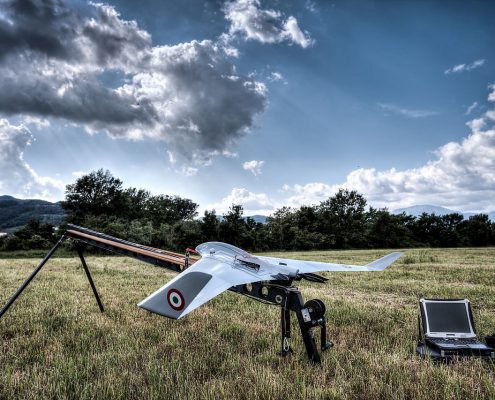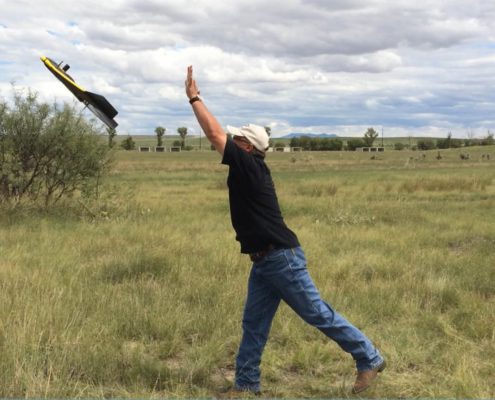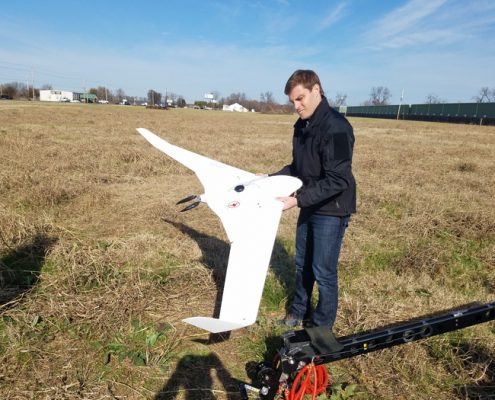A Brief History of Drone Data Collection
With drone technology becoming increasingly affordable, it’s no surprise to see more people using it, both for commercial and recreational purposes. We are certainly living in exciting times, as the possibilities surrounding drone use seem practically endless. However, while it may seem like drones popped into the popular consciousness within the last five or 10 years, the current popularity of drones is built on a foundation that stretches back decades. In many ways, it’s important to understand where drone data collection comes from in order to use them to their fullest potential today.
Growing from Military Roots
The primary push behind aerial data collection originally came from the military sector, before expanding into the civilian sector. The United States military, in particular, played a leading role in funding and prioritizing drone research, and drones have been used in US military conflicts for much longer than some people might realize. Depending on how one defines the word “drone,” their use may stretch back as far as the Civil War, when both Union and Confederate armies applied unmanned hot air balloons to conduct aerial surveillance.
In 1935, the British military unveiled the DH.82 Queen Bee, a radio-controlled pilotless biplane that was used as a target drone for training anti-aircraft gunners. The Queen Bee was among the earliest examples of what we would today consider a drone. In fact, the Queen Bee is most likely the reason we call pilotless aircraft “drones.” The term originally referred to a type of worker bee, and most sources agree it was applied to aircraft as an homage to the Queen Bee.
The Rise of The Drone Hobbyist
Developing in parallel to military drone technology was a thriving base of model aviation enthusiasts. The earliest hobbyists were active for years before the creation of the FAA, during which time they operated in a legal gray area. To help fill the gap, the Academy of Model Aeronautics (AMA) was founded and began offering community-based training programs for drone pilots.
Although the AMA was originally founded explicitly to promote recreational use of drones, their actions in those early days were highly influential when the FAA eventually created drone regulations. In fact, the first federal guidelines regulating drone use were based on the AMA’s training programs. The AMA and the FAA continue to work together today to ensure the safe use of drones.
From Hobby to Serious Business
To understand the recent rise in commercial UAV usage, one must stop to consider the fact that commercial drone flights were still officially illegal according to federal guidelines as recently as the mid-2000s. Since then, a lot has changed, as federal regulators have attempted to balance the need for safe drone operations with the business world’s insatiable demand for drone data collection and all the commercial possibilities it presents. In the end, the FAA simply couldn’t continue to outlaw drones forever.
The next decade was marked by tentative steps toward loosening drone regulations, with some drone operators testing the boundaries along the way. At one point, businesses wishing to used drones had to get a Certificate of Authorization (COA), a demanding process that required the business to be sponsored by a public agency such as a university. The upshot was that larger companies had no problem getting approval, while smaller ones continued to be shut out.
Today, drone regulations continue to develop, but it’s now easier than ever to get started. Companies wishing to fly drones commercially still have to apply for permission from the FAA, but the process is now much simpler. Because of this, businesses of all sizes are now getting involved with drones.
Learn More About Drone Data Collection
While drone regulations have softened somewhat, it still helps to work with a partner that can help you navigate the process. Contact Landpoint today to get started.







